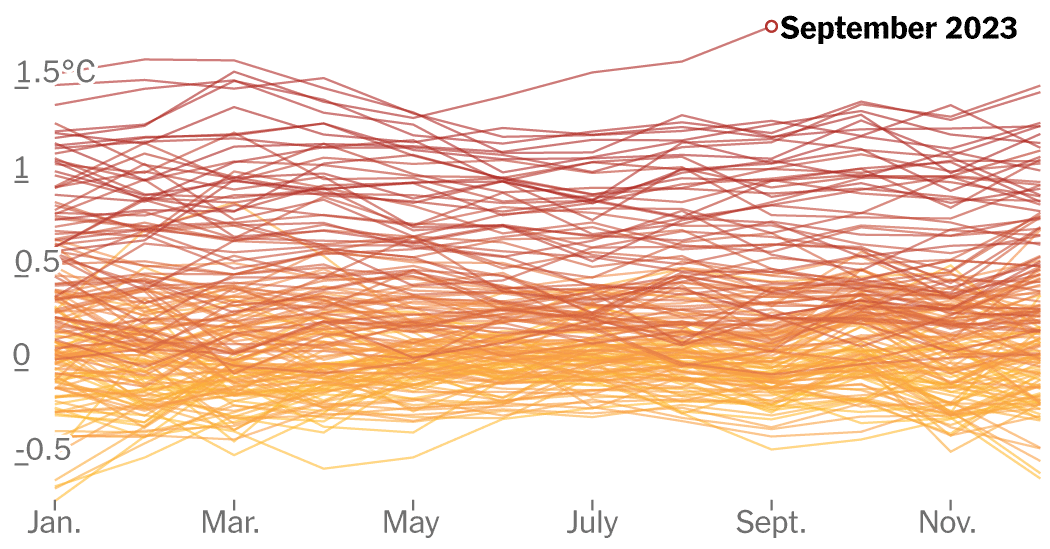Interesting article.
Basically, we decreased air pollution aerosols successfully, but that type of pollution had a cooling effect. So once they were removed, we weren’t being shielded as well from the greenhouse gas-related heat, and greenhouse gas emissions are still going up and haven’t yet reversed. So we’re getting the full brunt of the heat from that now without aerosols from air pollution mitigating it.
The scientist’s outlook in this is that that was predicted by their models, that getting rid of the aerosols first would cause it to get warmer, which perhaps suggests their other models have some degree of reliability.
Yeah. There’s a reason the IPCC has this chart

If acid rain is the cost of avoiding heat death, I’ll take it, I guess.
Geoengineering doesn’t need to use SO2 as it’s particulate. If this was a choice, it could be done with a less harmful compound
I thought so2 was the best one? Are there other options that are as effective?
Lots of options. SO2 is the best studied because we’ve been emitting it as a combustion byproduct
So basically we made climate change worse when we foolishly tried to make air breathability better. In conclusion, some pollution is good pollution… I think?
That pollution was killing people. A lot of them.
Ending particulate emissions is an important co-benefit of decarbonization, even if it means that temperature rises afterwards; that rise is already locked in as something we’ll get when fossil fuel reserves are exhausted.



